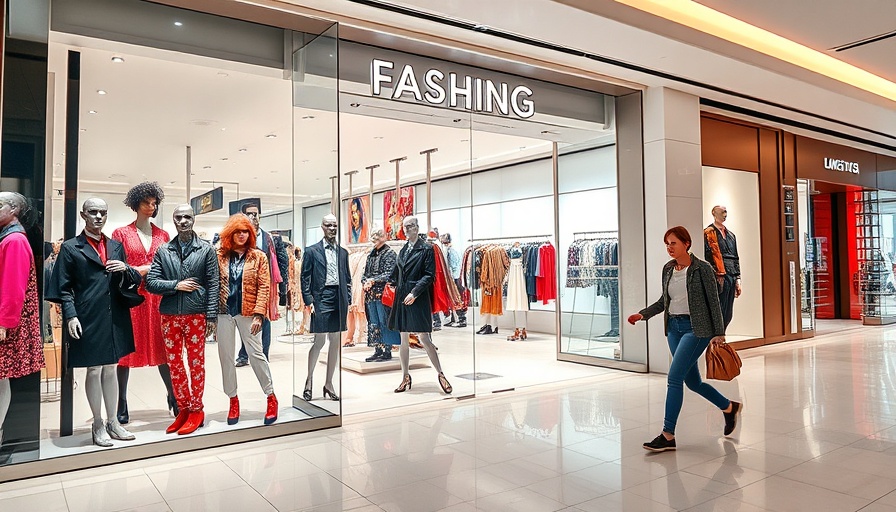
The Fall of Forever 21: A Fast-Fashion Icon Downfall
In a striking turn of events, Forever 21 has announced that it will close all its U.S. locations after filing for bankruptcy protection for the second time in just six years. Once a staple in the American fast-fashion landscape, the retailer has found its operational viability severely undercut by fierce competition from e-commerce giants Shein and Temu.
Unpacking the Competition: Shein and Temu’s Impact
Forever 21’s bankruptcy highlights the dramatic changes in the retail environment driven by fast-fashion e-tailers. In court filings, Stephen Coulombe, the company's co-chief restructuring officer, pointed out that Shein and Temu have capitalized on a loophole known as the 'de minimis exemption.' This trade law allows imported goods under the value of $800 to enter the U.S. tariff-free, giving these competitors a significant pricing advantage over Forever 21, which must pay substantial tariffs on its merchandise. As a result, many consumers have opted for the cheaper alternatives these companies provide.
The Numbers Don’t Lie: Financial Struggles
The figures paint a grim picture. Forever 21 saw revenues plummet, reporting losses exceeding $400 million over the last three fiscal years. The company projected a further loss of $180 million in earnings before interest, taxes, depreciation, and amortization (EBITDA) through 2025. Despite attempts to reduce costs, including asking landlords for rent cuts of up to 50%, the company was unable to avert disaster.
What Lies Ahead for Forever 21?
Though the operating company is bound for a liquidation path, the Forever 21 brand is not entirely extinguished. Owned by Authentic Brands Group, the retailer's name and marketing assets could pave the way for future endeavors. Authentic Brands has expressed optimism about attracting new operators to keep the brand alive, focusing on digital strategies to modernize its approach to fast fashion.
Lessons for Leaders: Adaptation is Key
For business leaders, Forever 21’s story serves as a critical case study in adaptability. In an ever-evolving retail landscape influenced by e-commerce, brands must innovate or risk falling behind. This narrative emphasizes the importance of understanding market dynamics and leveraging technology to enhance customer engagement. Investing in digital capabilities and adjusting business models in response to competition could be what makes or breaks the next big name in retail.
 Add Row
Add Row  Add
Add 










 Add Row
Add Row  Add
Add 

Write A Comment